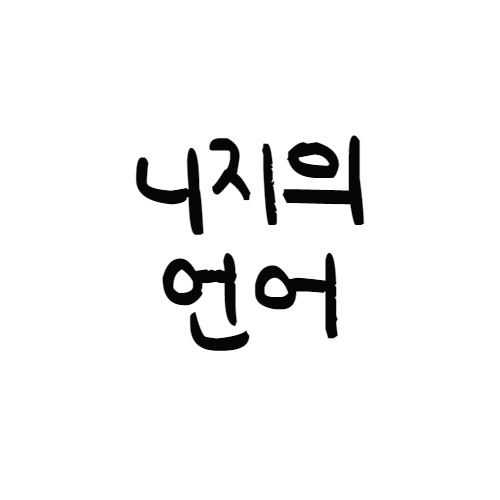니지의 언어
Easy Korean :: Difference between 많이 and 많은 (many, a lot) 본문
Easy Korean :: Difference between 많이 and 많은 (many, a lot)
하니지 2023. 5. 15. 15:52
Korean grammar is known for its intricacies, and one area where learners often encounter confusion is the distinction between "많이" and "많은." Both of these words are related to the concept of "many" in English, but they are used differently in Korean. In this blog post, we will explore the difference between "많이" and "많은" and provide examples to illustrate their usage.
"많이" (manhi) is an adverb, while "많은" (manheun) is an adjective. The main difference lies in their grammatical function within a sentence. "많이" describes how an action is performed or the degree or extent of something, while "많은" describes the noun itself.
Let's take a look at some examples to better understand the usage of "많이" and "많은":
"많이 먹었어요." (I ate a lot.)
In this sentence, "많이" is used as an adverb to describe the manner in which the action of eating took place. It indicates that the person ate a large amount of food.
"많은 사람들이 있어요." (There are many people.)
Here, "많은" is used as an adjective to describe the noun "사람들" (people). It tells us that there is a large number of people present.
"나는 많이 일해요." (I work a lot.)
In this sentence, "많이" is used as an adverb to describe the degree or extent of the action of working. It implies that the person works extensively or puts in a significant amount of effort.
"많은 꽃이 피었어요." (Many flowers bloomed.)
Here, "많은" is used as an adjective to describe the noun "꽃" (flowers). It indicates that there is a considerable number of flowers that bloomed.
"우리는 많이 배웠어요." (We learned a lot.)
In this sentence, "많이" is used as an adverb to describe the extent or degree of the action of learning. It suggests that the person or group acquired a substantial amount of knowledge.
"많은 과일을 사왔어요." (I bought many fruits.)
Here, "많은" functions as an adjective to describe the noun "과일" (fruits). It conveys that a large quantity of fruits was purchased.
To summarize, "많이" is used as an adverb to describe the manner or degree of an action, while "많은" is used as an adjective to describe the noun itself. Understanding this distinction is crucial for using these words accurately in Korean sentences.
By familiarizing yourself with various sentence patterns and practicing through context-based examples, you can improve your grasp of the nuances between "많이" and "많은" in Korean grammar. Embrace the opportunity to explore and apply these distinctions in your language learning journey.
'한국어 > Korean Grammars & Vocabs' 카테고리의 다른 글
| Korean Expression :: 그랬으면 좋겠어요 meaning ('Hopefully' in Korean) (0) | 2023.05.27 |
|---|---|
| Easy Korean :: Difference between 살다 and 생활하다 (to live) (0) | 2023.05.18 |
| Easy Korean :: Difference between 추억 and 기억 (memory) (1) | 2023.05.16 |
| Easy Korean :: Difference between 어떡해 and 어떻게 (how) (3) | 2023.05.14 |
| Easy Korean :: Difference between 아직 and 여전히 (still) (0) | 2023.05.13 |




